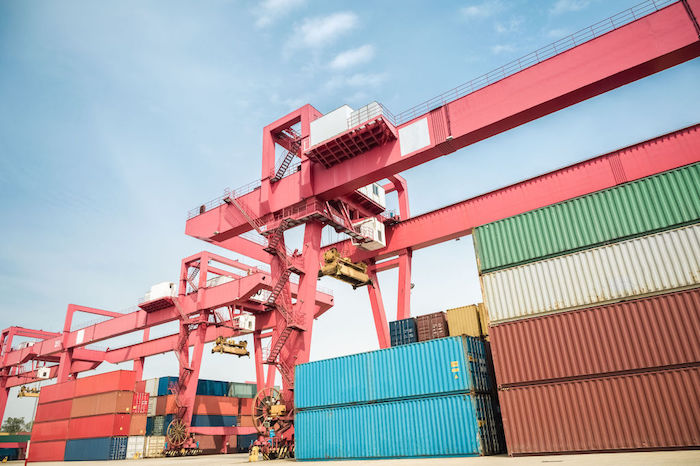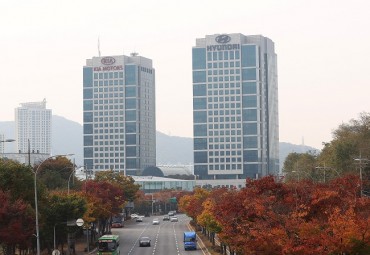
Outbound shipments came to US$46.3 billion for January, down from $49.2 billion posted a year earlier, according to the data compiled by the Ministry of Trade, Industry and Energy. (image: Korea Bizwire)
SEOUL, Feb. 1 (Korea Bizwire) — South Korea’s exports moved down 5.8 percent in January from a year earlier, government data showed Friday, due mainly to weaker performances by chips and petrochemical goods.
Outbound shipments came to US$46.3 billion for January, down from $49.2 billion posted a year earlier, according to the data compiled by the Ministry of Trade, Industry and Energy.
It marked the second consecutive month to post an on-year drop. South Korea did not post an on-year decrease in exports for two straight months since the September-October period of 2016.
Imports decreased 1.7 percent over the cited period to reach $45 billion, the ministry added.
South Korea’s trade surplus came to $1.3 billion in January, marking 84 straight months in which the country’s exports have exceeded imports.
While the country managed to avoid a trade deficit, the latest figure is seen as worrisome as the average monthly surplus came to $5.9 billion in 2018.
The trade dispute between the United States and China, along with the weaker performances of semiconductors and refined petroleum products, was responsible for the on-year decrease, the ministry said.
It said that while South Korea’s export volume actually expanded, the value decreased due to falling product prices.
South Korea’s exports are anticipated to recover in the second half of 2019, when global chip and oil prices are expected to rebound, the ministry added.
Hong Nam-ki, the minister of economy and finance, said that he expects South Korea’s exports to rise in February, citing the government’s efforts to boost overseas shipments. The policymaker made the comments as he visited a market near Seoul ahead of next week’s Lunar New Year holiday.
Among the country’s top 13 export products, the shipment of machinery, automobiles, steel and auto parts increased, while the rest lost ground.
In January, South Korea’s exports of chips decreased amid increased supply coupled with slower demand.
The country shipped $7.42 billion worth of chips in January, down 23.3 percent from a year earlier.
According to the ministry, the average price of 8GB DRAM chips fell 36.5 percent on-year, while that of 128GB NAND flash fell 22.4 percent.
In terms of machinery products, South Korea saw its exports edge up 1.7 percent to reach $4.5 billion amid stronger demand from the United States and India, the ministry added.
As for petrochemical goods, South Korea saw its outbound shipments fall 5.3 percent on-year to reach $3.9 billion in January following a decrease in oil prices.
South Korea’s automobile exports shot up 13.4 percent to $3.67 billion, posting an on-year growth for the second consecutive month. The ministry said the performance was helped by the strong demand of new SUVs in the U.S. and Europe.
The exports of steel products increased 3.3 percent to $2.8 billion due to the rise in prices, although the volume fell due to global trade barriers, the ministry added.
The ministry said South Korea’s exports to China, the country’s No. 1 trading partner, were weaker, although they maintained growth in other markets, including the U.S., Europe and Southeast Asian countries.
When excluding China from the calculation, the ministry said South Korea’s exports fell 0.9 percent on-year in January.
South Korea’s outbound shipments to China fell for the third consecutive month in January due to the sluggish performance of chips and petrochemical goods, reaching $10.8 billion, down 19.1 percent on-year.
Exports to the U.S. gained ground, posting $6.2 billion, up 20.4 percent on-year. Those to the European Union shot up 11.9 percent to $5 billion.
The country’s shipments to the member countries of the Association of Southeast Asian Nations (ASEAN) rose 6.4 percent on-year in January to $8.87 billion.
The government intends to announce a comprehensive plan for revitalizing the country’s exports this month, which will include the roles of different ministries.
(Yonhap)






